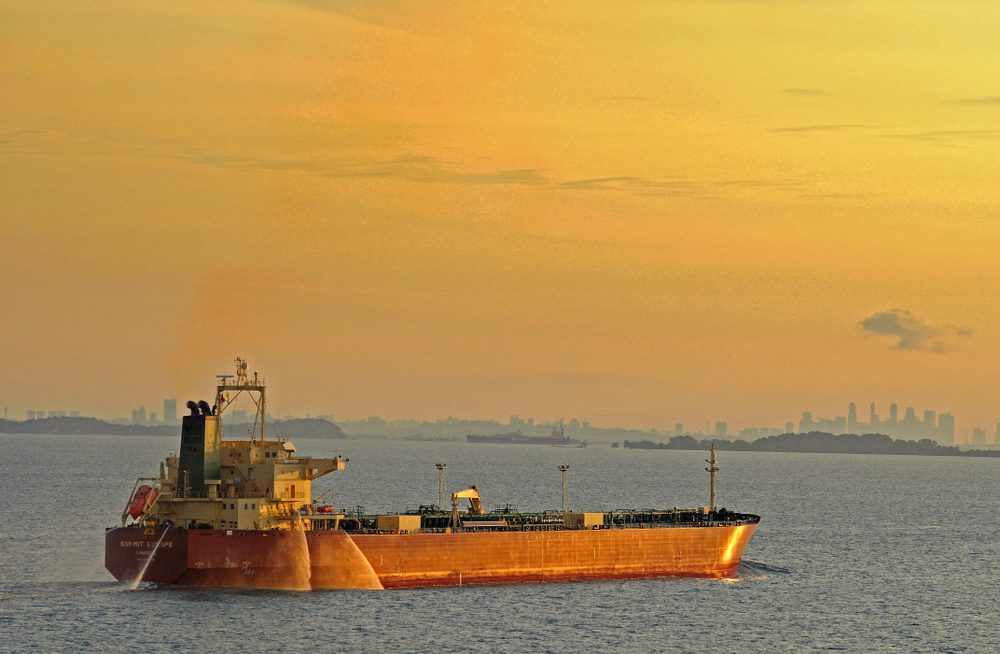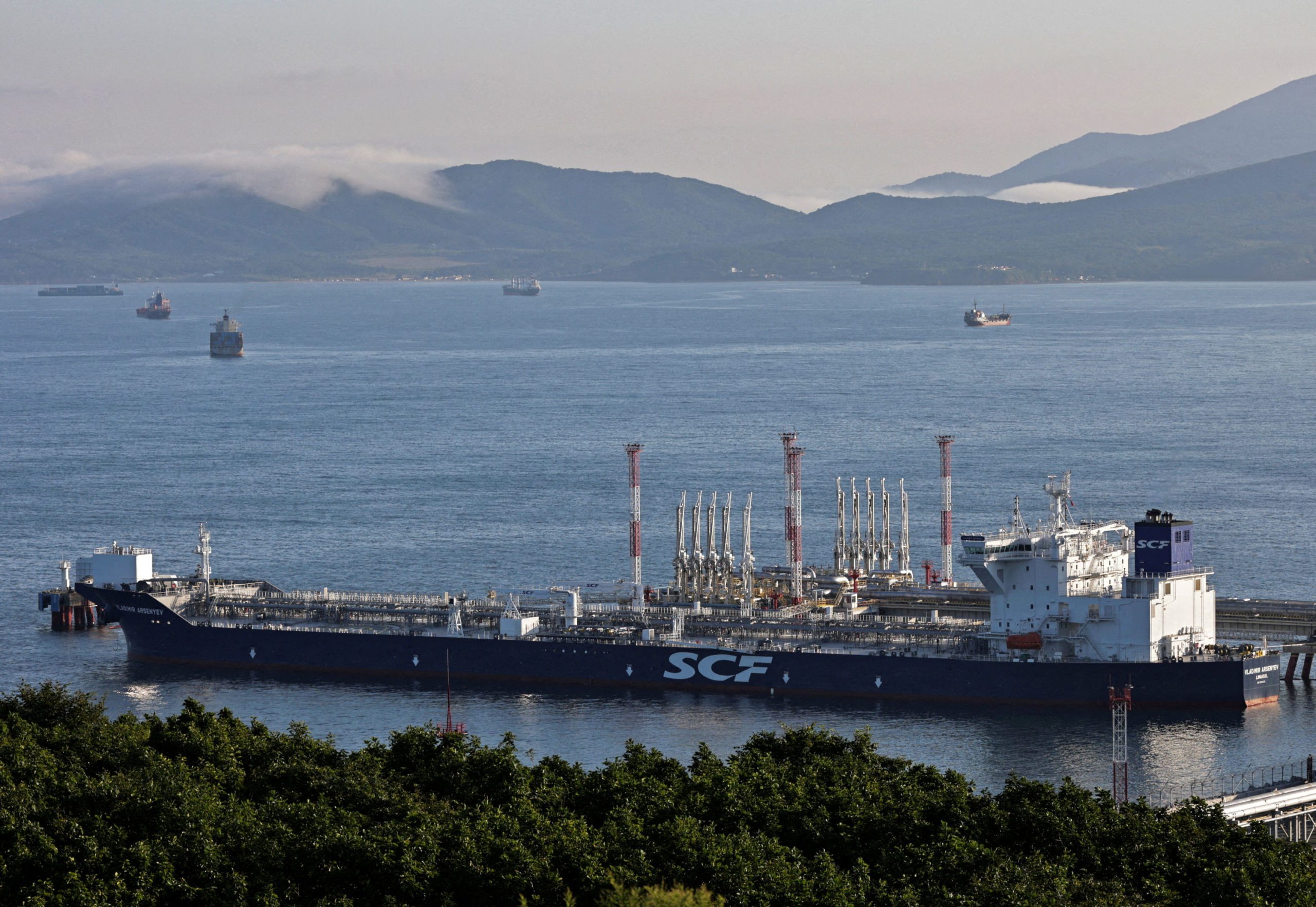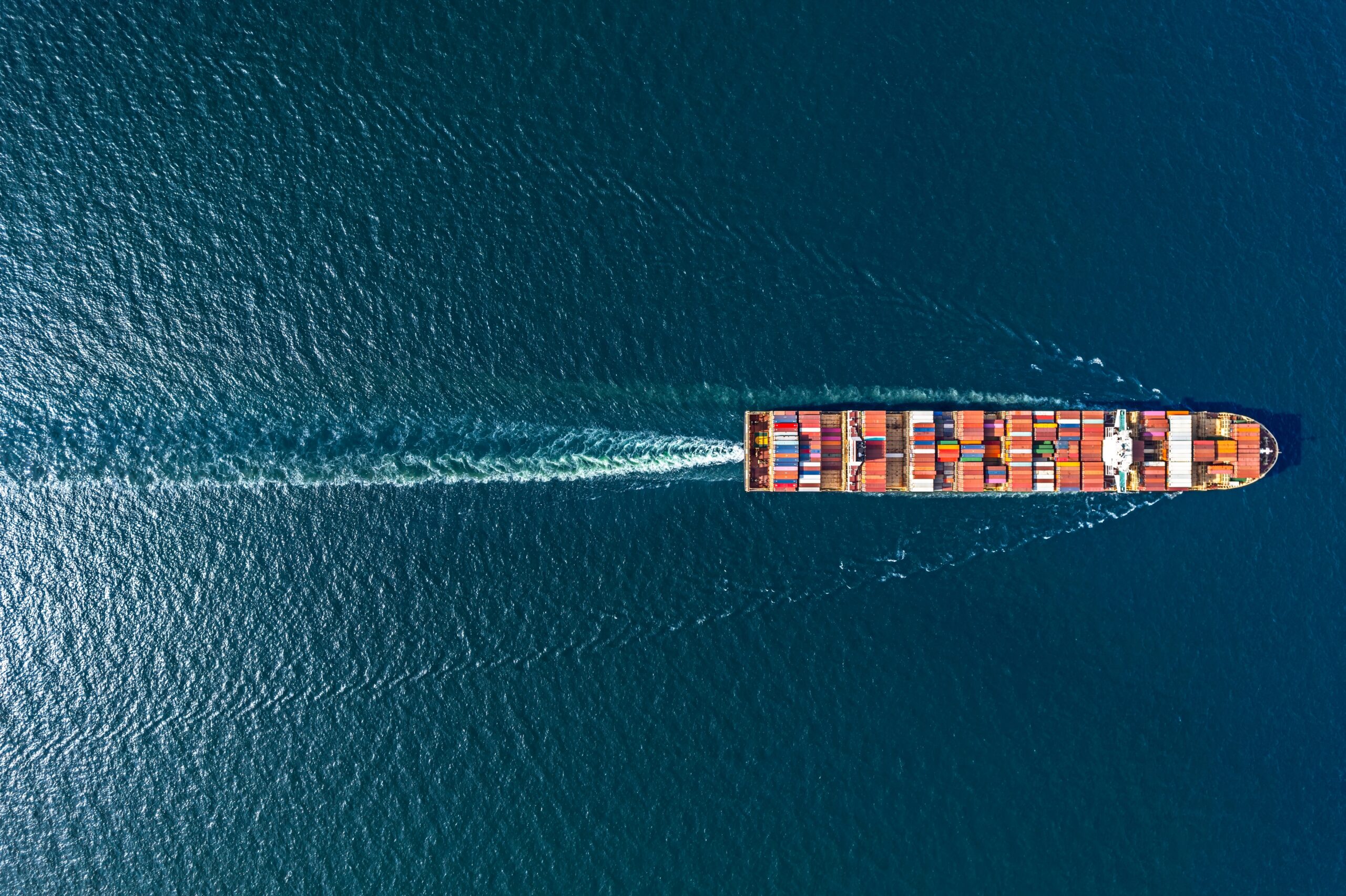Tankers may face challenges when calling California ports and terminals once new amendments to the state’s Ocean-Going Vessels At-Berth Regulation take effect, according to classification society DNV.
A DNV report commissioned by Western States Petroleum Association (WSPA) has indicated tanker vessels and terminals in California could face challenges meeting the 2020 amendments recently announced by the California Air Resources Board. DNV’s technology assessment looked at the feasibility of the current technologies developed around emissions control strategies to determine whether these assets could meet the regulations safely and reliably by as early as 2025 while still meeting the existing and current regulations and standards.
The goal of the Ocean-Going Vessels At Berth Regulation is to reduce diesel particulate matter (PM) and oxides of nitrogen (NOx) from ocean-going vessels auxiliary engines while they are docked at California ports. The updated rule, announced in 2020, builds on progress achieved by earlier regulation by adding new vessel categories—specifically tankers and vehicle carriers—which will be required to control pollution when they run auxiliary engines or auxiliary boilers (for most tanker vessels) while docked.
The updated regulation starts in 2023 when container, reefer and cruise vessels, already included under the existing rule, will transition to the new regulation. Tankers docking at the Port of Los Angeles and the Port of Long Beach must also comply starting in 2025, while tankers in Northern California have until 2027. Vehicle carriers will need to comply starting in 2025.
“We take pride in our commitment to protecting the safety of our workers, communities, contractors, and the environment,” said Sophie Ellinghouse, Vice President, General Counsel & Corporate Secretary at WSPA. “That was one of the main drivers for us to engage DNV. The complexity of the regulatory landscape facing the industry is only increasing. It is important to understand the intersection of today’s technology with the regulations that are coming down the pipeline, and what it means for safety.”
For the assessment, DNV engaged subject matter experts and key stakeholders, including representatives from CARB, the ports, terminal operators, tanker operators, industry groups, and third-party technology providers.
“The industry faces ambitious climate goals, and to achieve them, collaboration is essential,” said Antony DSouza, Executive Vice President and Regional Manager, DNV Maritime Americas. “The decarbonization challenge is a responsibility we all as stakeholders share; both within the industry, and beyond. At DNV, we believe that transparency enables progress; by sharing insight, knowledge, and ideas with one another, we can go further than we ever could do alone.”
From additionally establishing design requirements, estimated cost, and the minimum timelines required to implement each emissions control strategy, the DNV report showed:
- Tanker Onshore Power (OPS) technology needs significant development and risk mitigation before an industry-wide implementation for tankers that operate worldwide.
- For tankers in this context, land-based and barge-based emissions capture and control systems are in early development.
- The current regulatory timeline for the emissions control strategies considered in the 2020 amendments to California Air Resources Board’s (CARB) Ocean-Going Vessels At-Berth Regulation is insufficient to address and mitigate the outstanding safety and operational risks.
- Low or zero-carbon fuels may significantly reduce the long-term value of investments for at-berth emissions management.
To access the full DNV report, click here.

 Join The Club
Join The Club











